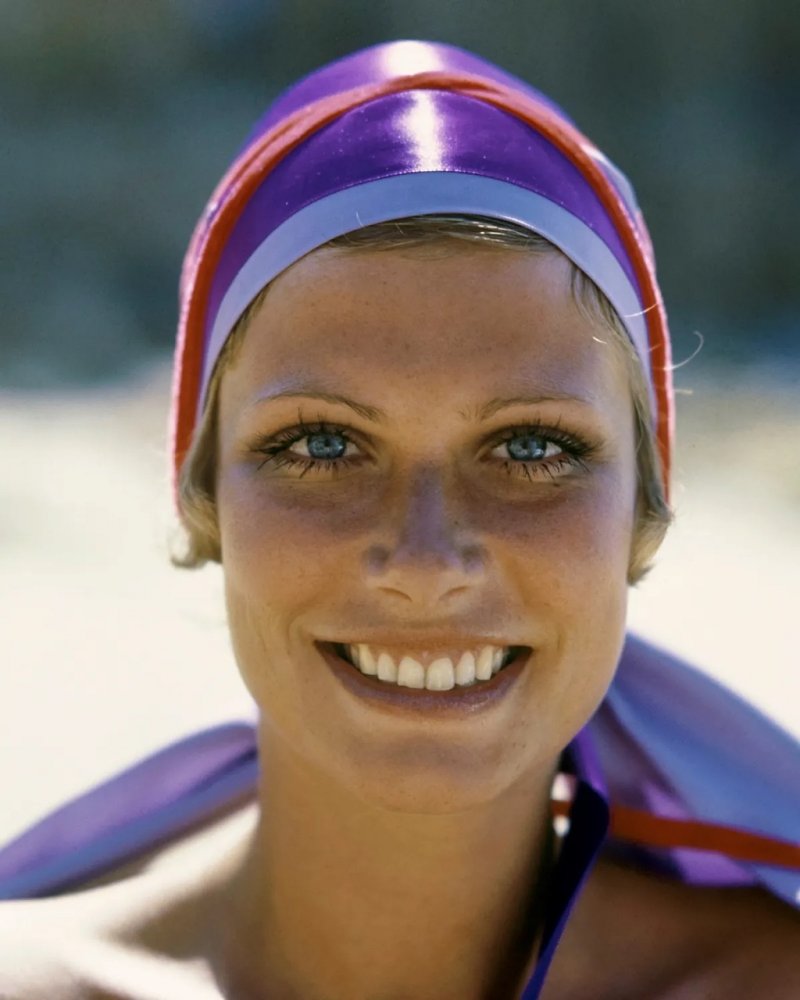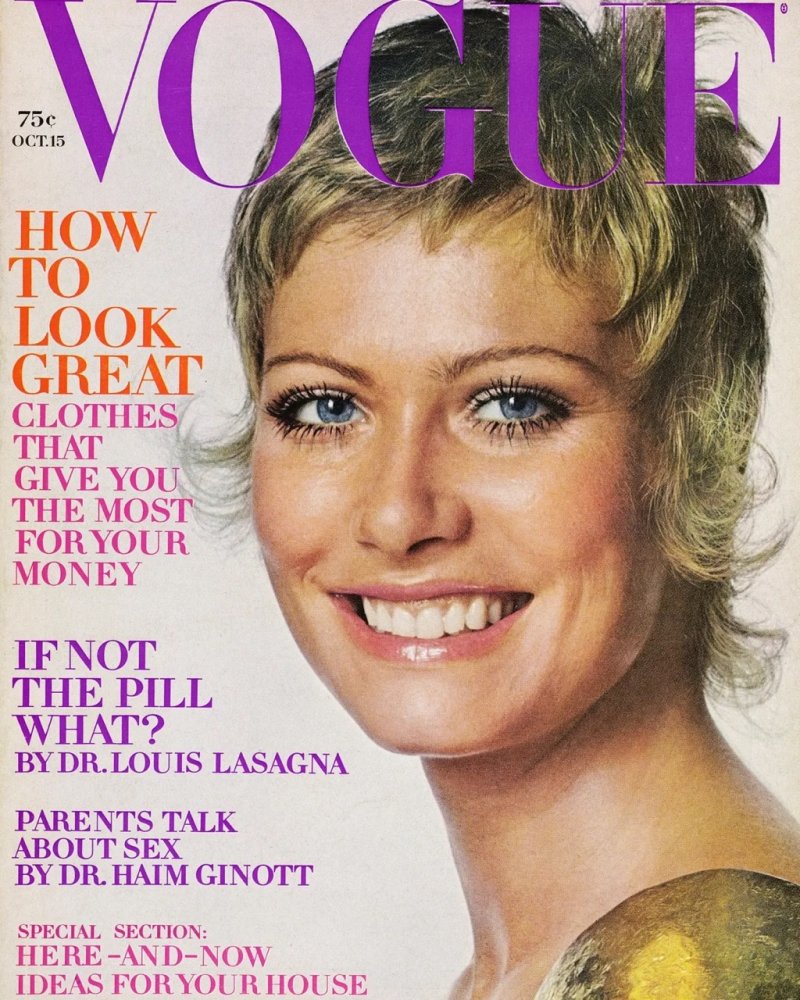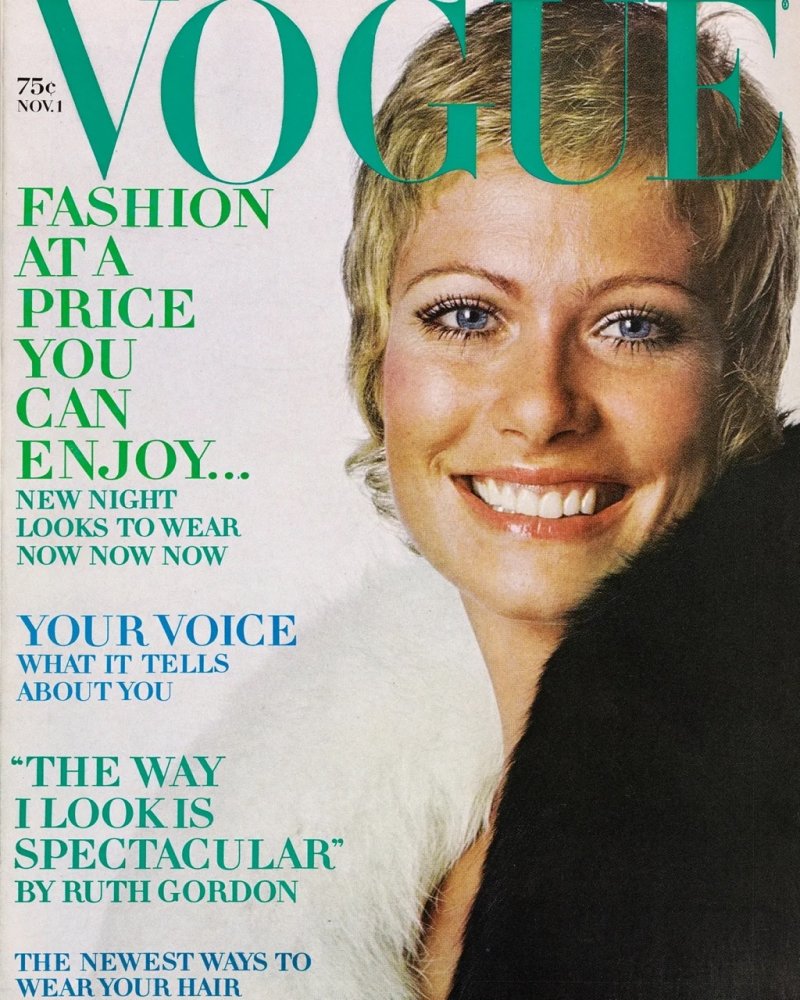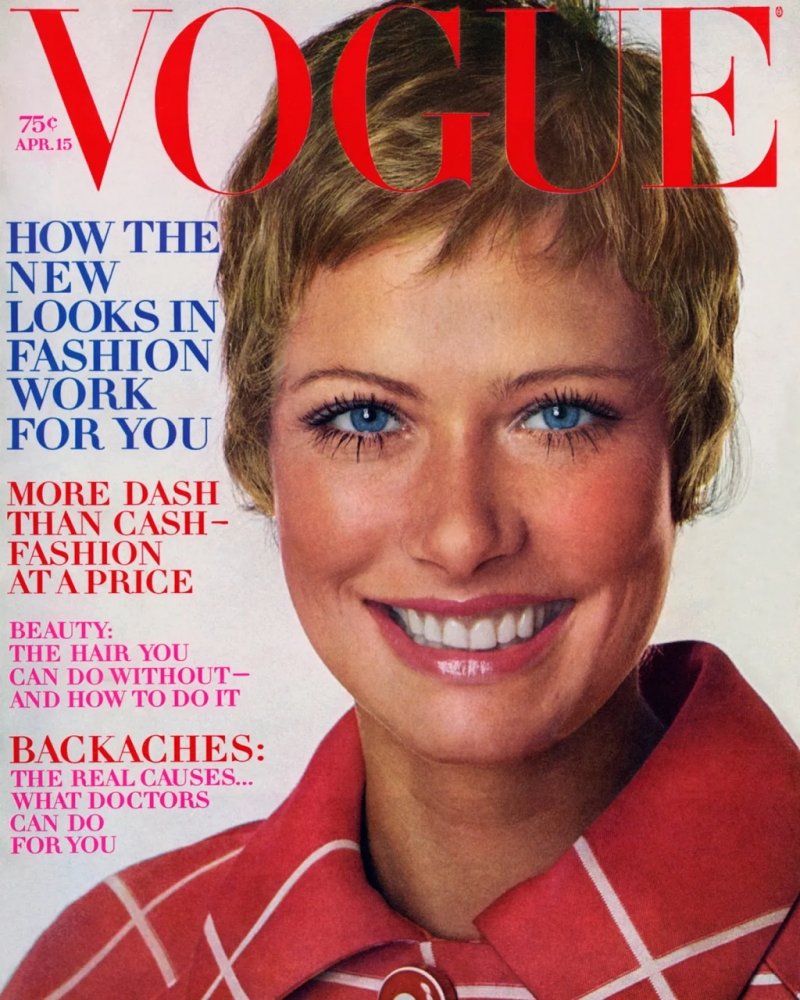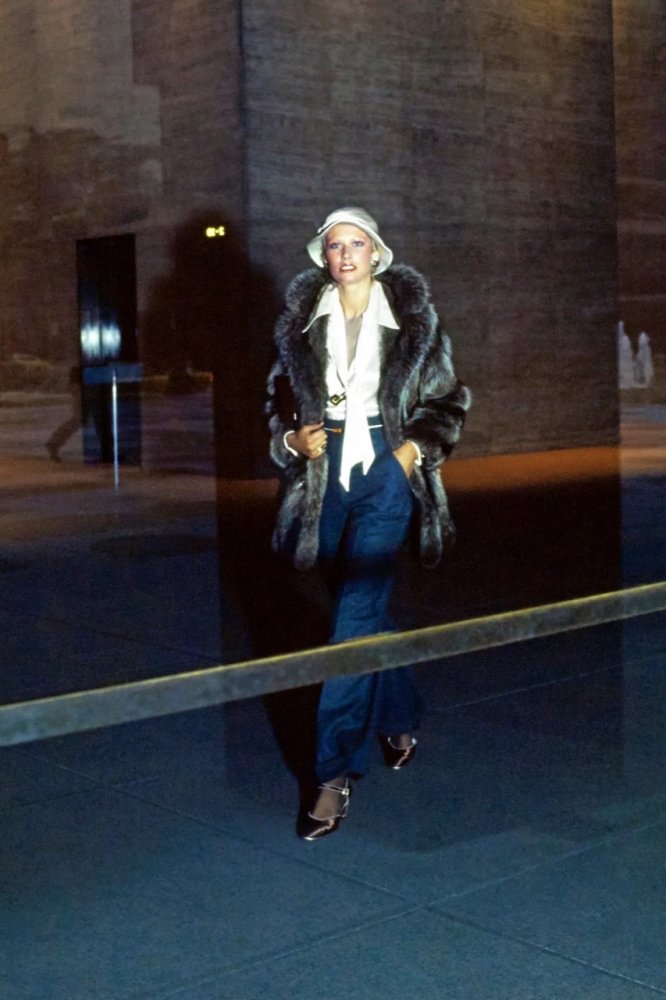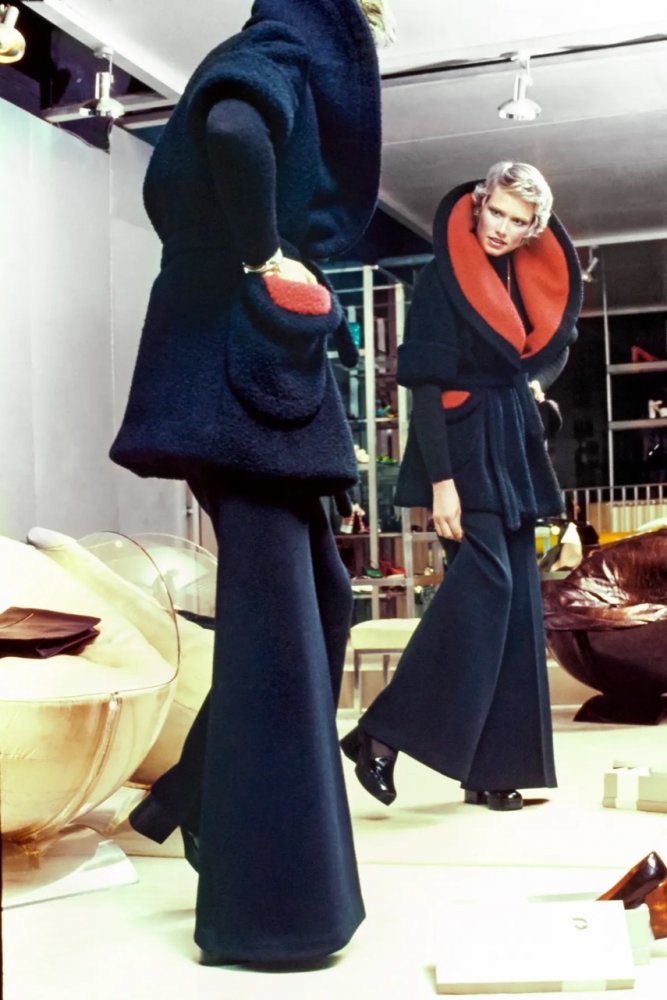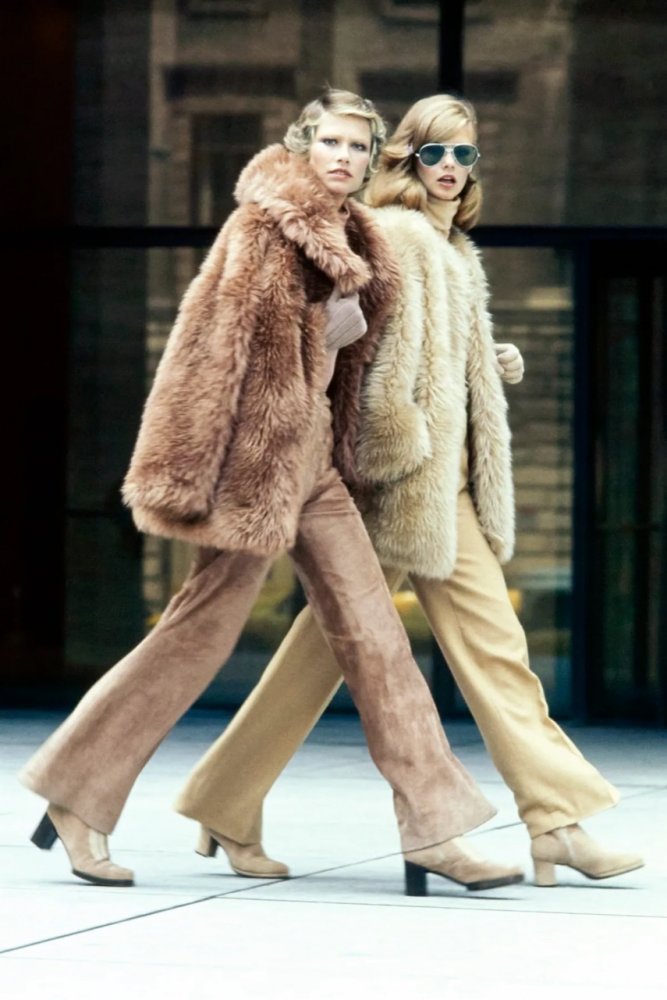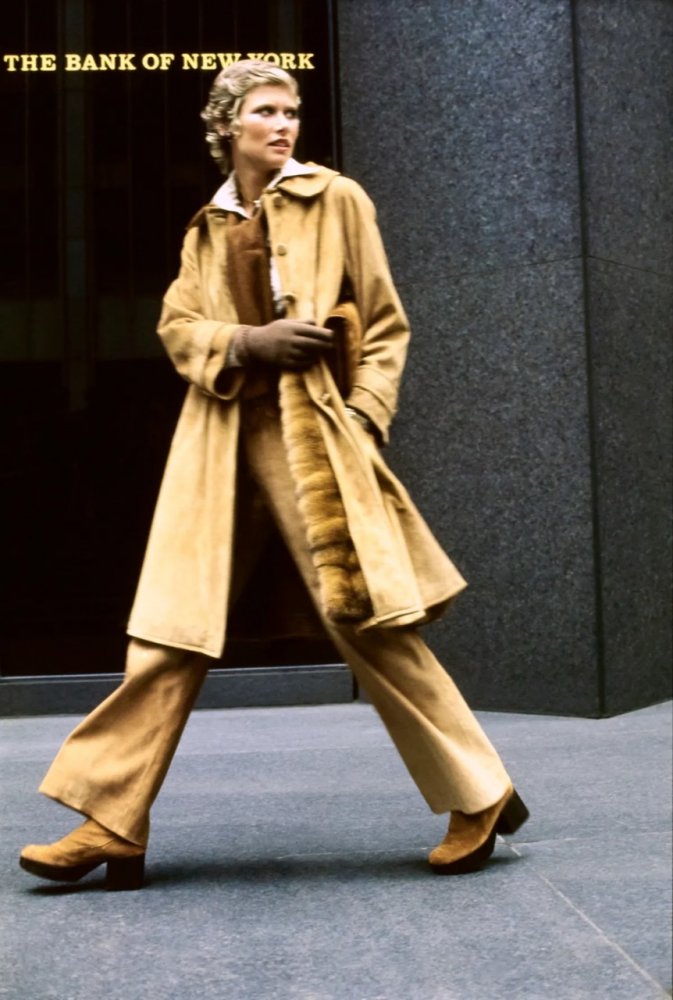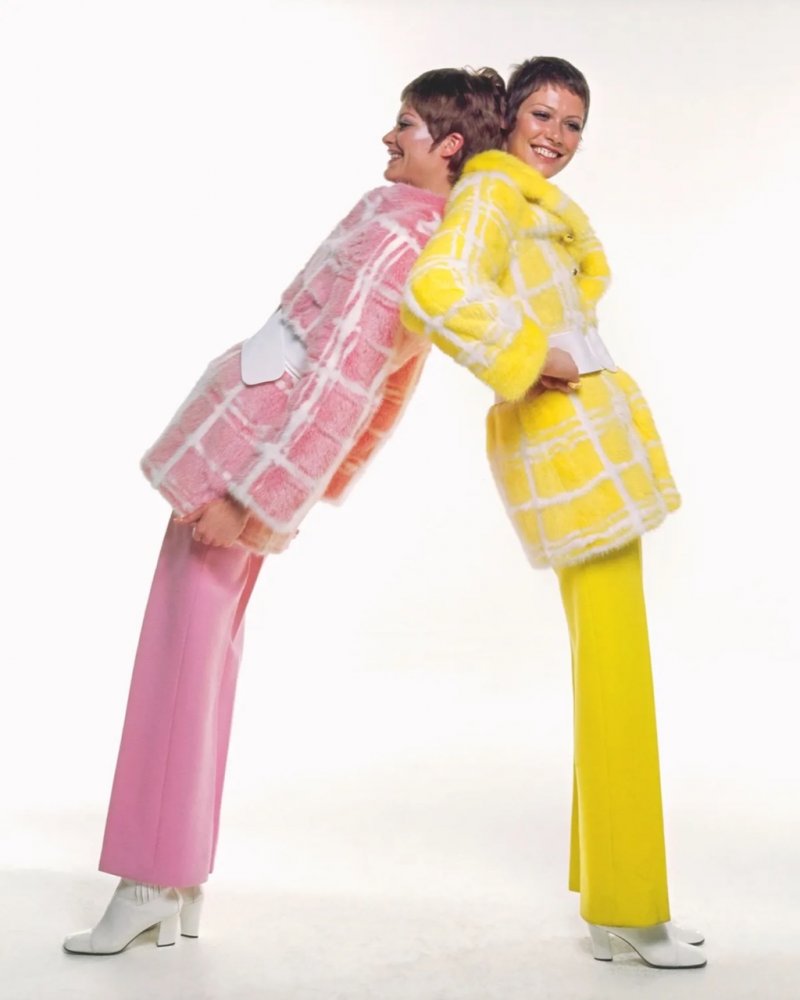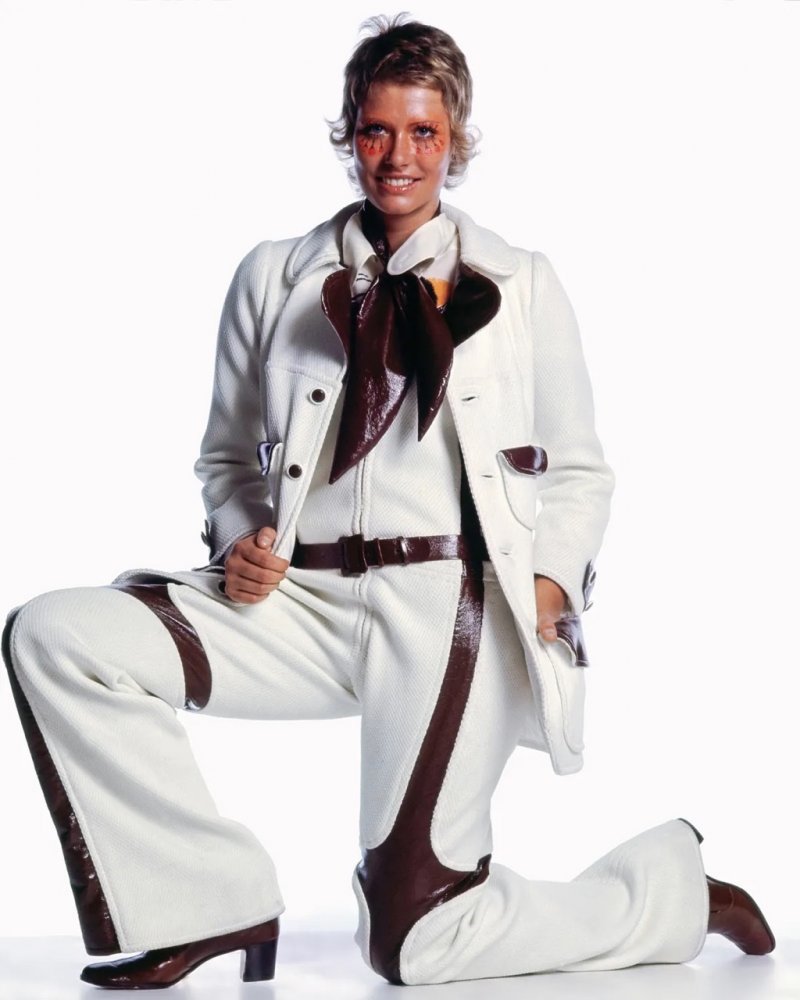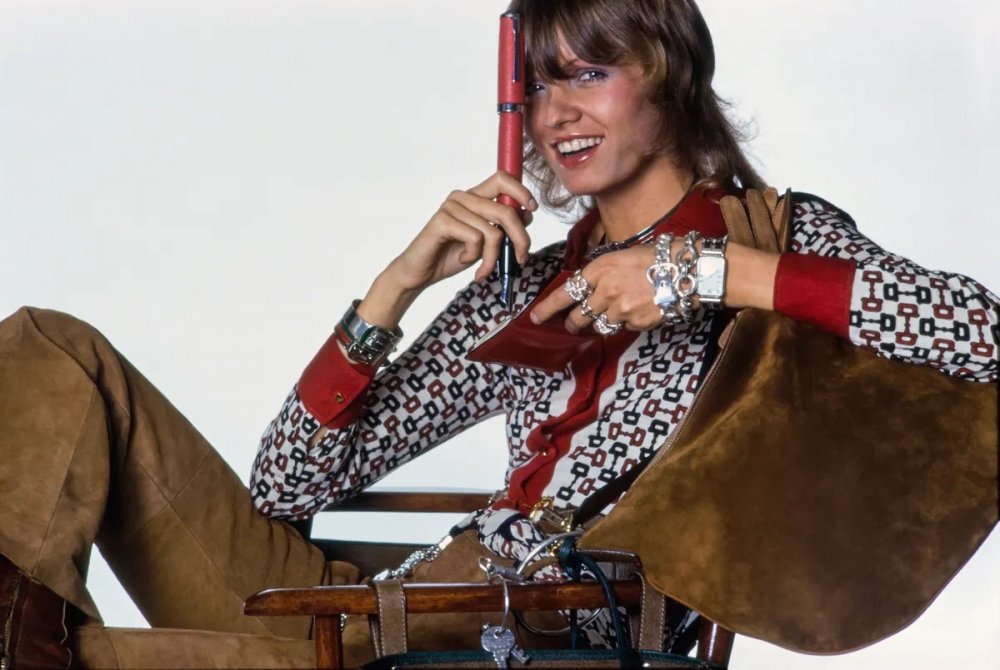-
The Red Carpet Highlights of... The 77th Annual Cannes Film Festival 2024!
You are using an out of date browser. It may not display this or other websites correctly.
You should upgrade or use an alternative browser.
You should upgrade or use an alternative browser.
RIP Susanne Schöneborn - 1943-2022
- Thread starter GERGIN
- Start date
GERGIN
Well-Known Member
- Joined
- Feb 15, 2010
- Messages
- 3,833
- Reaction score
- 3,145
Remembering Susanne Schöneborn, Vogue Cover Model
BY LAIRD BORRELLI-PERSSON
Susanne Schöneborn, the German model who was featured on eight American Vogue covers, has died. In both the magazine’s interior spreads, and in the famous 1970s Charlie fragrance ads, Schöneborn was almost always photographed on the go, the very picture of the liberated, independent woman, moving through the world with a confident stride. Like the jewelry designer Elsa Peretti, Schöneborn kept her hair close-cropped, and her grin was as dazzling as any Tiffany diamond. “Her smile, it was the sunrise and the sunset,” said her former partner Bob Menna on a call.
Sun-loving and of a bright disposition, Schöneborn faced her diagnosis of pancreatic cancer with a fortitude and bravery that’s consistent with her parents’ legacy. The model was the daughter of a German doctor father and a Jewish Hungarian mother who survived World War II apart and were later able to reunite in Germany and raise their three children in Frankfurt.
The youngest of the siblings, Schöneborn was born in West Berlin, on April 5, 1943, and moved to Paris to pursue modeling at the age of 20, working first for Marc Bohan at Christian Dior before becoming a house model for Coco Chanel herself. She met Menna, who was also a model, on a shoot and they lived together in New York where their daughter Alexandra—who kindly provided the biographical information for this piece—was born in 1975.
America was setting the pace in fashion at the time. Sportswear separates and soft dresses (which included Diane von Furstenberg’s famous jersey wrap style) were both revealing and adaptable to the new situations women were finding themselves in, from boardrooms to discos. Photographer Kourken Pakchanian was especially adept at capturing the active spirit of the time, which might be summed up by the swinging flare of a wide-legged pant.
After splitting with Menna, Schöneborn returned to Germany, remarried and had twins, and kept on working. In 1994, at 52 she became a face of Nivea. She was, noted Alexandra, “the first model with white/gray hair to be used for any cosmetics campaign in Germany.” Age inclusivity was not much spoken about in the 1990s, the era when models gained “super” status. Schöneborn belonged to an earlier generation who were working towards liberties Linda, Christy, and Naomi could take for granted. “She was a generous and thoughtful woman who was easy to love,” her daughter wrote. “Anyone who even had just a passing interaction with her was impacted by her kind and youthful spirit.”
vogue.com
BY LAIRD BORRELLI-PERSSON
Susanne Schöneborn, the German model who was featured on eight American Vogue covers, has died. In both the magazine’s interior spreads, and in the famous 1970s Charlie fragrance ads, Schöneborn was almost always photographed on the go, the very picture of the liberated, independent woman, moving through the world with a confident stride. Like the jewelry designer Elsa Peretti, Schöneborn kept her hair close-cropped, and her grin was as dazzling as any Tiffany diamond. “Her smile, it was the sunrise and the sunset,” said her former partner Bob Menna on a call.
Sun-loving and of a bright disposition, Schöneborn faced her diagnosis of pancreatic cancer with a fortitude and bravery that’s consistent with her parents’ legacy. The model was the daughter of a German doctor father and a Jewish Hungarian mother who survived World War II apart and were later able to reunite in Germany and raise their three children in Frankfurt.
The youngest of the siblings, Schöneborn was born in West Berlin, on April 5, 1943, and moved to Paris to pursue modeling at the age of 20, working first for Marc Bohan at Christian Dior before becoming a house model for Coco Chanel herself. She met Menna, who was also a model, on a shoot and they lived together in New York where their daughter Alexandra—who kindly provided the biographical information for this piece—was born in 1975.
America was setting the pace in fashion at the time. Sportswear separates and soft dresses (which included Diane von Furstenberg’s famous jersey wrap style) were both revealing and adaptable to the new situations women were finding themselves in, from boardrooms to discos. Photographer Kourken Pakchanian was especially adept at capturing the active spirit of the time, which might be summed up by the swinging flare of a wide-legged pant.
After splitting with Menna, Schöneborn returned to Germany, remarried and had twins, and kept on working. In 1994, at 52 she became a face of Nivea. She was, noted Alexandra, “the first model with white/gray hair to be used for any cosmetics campaign in Germany.” Age inclusivity was not much spoken about in the 1990s, the era when models gained “super” status. Schöneborn belonged to an earlier generation who were working towards liberties Linda, Christy, and Naomi could take for granted. “She was a generous and thoughtful woman who was easy to love,” her daughter wrote. “Anyone who even had just a passing interaction with her was impacted by her kind and youthful spirit.”
vogue.com
Similar Threads
- Replies
- 25
- Views
- 4K
- Replies
- 7
- Views
- 2K
- Replies
- 25
- Views
- 4K
- Replies
- 22
- Views
- 3K
Users who are viewing this thread
Total: 2 (members: 0, guests: 2)
New Posts
-
Chanel 'Bleu de Chanel' Fragrance 2023 : Timothée Chalamet by Mario Sorrenti (9 Viewers)
- Latest: Lola701
-
-
F/W 2024.25 Campaign Wishlist, Model Casting Discussion, Guesses & Reactions (10 Viewers)
- Latest: HodanChloe
-


